AMAZON
Once again we are floating on the water into a new adventure, and that is a good start for the beginning of a good story. But today for a change, we are not sailing on the ocean.
Freshwater
How all good stories begin, we are once again sailing across the water into a new adventure. But today for a change, we are not sailing in an ocean.
The murky colored fresh-water on which the boat is sailing is about 1000 km from the Pacific Ocean, flowing East and will keep flowing for 3000 kilometers more before handing their secrets over to the Atlantic ocean. Today, I am sailing on the largest drainage system in the world, at the very edge of the Amazon basin, where the natural stream of nutrient-rich water provides food to many animals and people alike, and divides the land between Colombia, Peru and Brazil.
I am sailing on the Amazon River.
IMAGE ABOVE: The sun is rising in the Amazon basin.
© Federico Facchin – 2022
Early Morning
It is early morning and the sun has just risen. I have about one hour of respite before the heat and humidity start depleting me of my energy reserves. The most aggressive bugs I have ever seen are also making the most of the cooler temperatures and have started eating me alive. The river crawls like a snake through the lush forest and the wooden boat struggles to fight the current. Like an old smoker, the engine is coughing suspiciously, but the puffs of smoke disperse in the air leaving nothing but a soft rhythm that keeps me awake. The captain seems confident maneuvering his vessel and in his black eyes, buried under thick grey eyebrows, I can see the entire forest. It seems he knows every single bend and ripple of the river. Every tree and all its inhabitants. It seems as though nothing could bother his inner peace, not even the bugs. Sitting on the other side of the slim boat, I am fighting with the humidity, sunscreen and insect repellent.
From Leticia, the capital of the Colombian Department of Amazon, we are heading east, in the direction of the remote village of Puerto Nariño, also known as the gateway to the secrets of the Amazon. I will spend a few days here, far from civilization, internet, and many other comforts, in the hope of finding an elusive and almost mythological creature. The holy grail of any whale lover. The climate in this corner of the world is equatorial, in short, it is rainy and hot all year round. But even though there is no proper dry season, the rain decreases slightly during the winter, from June to September. It is the end of July and the wet season is slowly making space for the drier months. I can see watermarks on the trees revealing the height of the water level earlier that summer. Now the forest is no longer underwater, yet in some parts, there are huge bodies of water remaining, with the river reaching more than four kilometers wide where the naked eye can barely make out the other side.
Today, we are not in the ocean, but in some ways, it doesn’t look far from it.
GALLERY ABOVE: Colorful birds from the forest.
© Federico Facchin – 2022
The Forest
The Amazon rainforest is one of the most majestic and monumental ecosystems I have seen so far, ranking higher than the coral reefs in my opinion. While I am sailing slowly on the edge of the misty forest, I think no picture could do justice to its charm and beauty.
Colors and shapes that no designer could ever think of are only a little portion of what attracted many explorers throughout history. In fact, the beauty of this world does not only rely on what you can see. It is the perfect mix of sound and smell that, despite what the thermometer says, gives you shivers. The smell of the flowers, moss, and wet wood, mixed with the deep sound of the forest. Birds tweeting a thousand notes, monkeys laughing and screaming in every direction, and bugs.. what do bugs do anyways? Oh, I hate bugs.
We tie the boat up and begin walking, every step is a brand-new experience.
GALLERY ABOVE: Curious Common Squirrel monkeys checking on my camera.
© Federico Facchin – 2022
The forest itself would be enough to entice any nature lover. More than 2,500 tree species (one-third of all tropical trees that exist on planet Earth) are both pillars and roof for this vibrant ecosystem, creating the perfect stage for one of the most heterogeneous biomes of the world.
We still know little about the secrets she hides in her intricate fabric of vegetation. She is believed to contain over three million species, most are still to be discovered. Since 1999, over 2000 new species of plants and vertebrates have been brought to light. Birds of any size and color, tiny poison dart frogs, as colorful as they are dangerous, small plants that if touched close their leaves quickly and, of course, insects of every shape and size. Every time I stumble into a new insect hiding on the forest floor or climbing a tree, I ask my guide:
“Y eso? Pica?“ (This one? Does it bite?)
“Eso? Fiuf hai hai hai”, complemented by a hand swing and a “lemon squeezed in the eyes” sort of expression.
The more the hand swings, the more closed the eyes, the more painful the insect’s bite, I think.
While walking in this surreal world, I witness how the creativity of nature has no limits.
GALLERY ABOVE: Hummingbirds.
© Federico Facchin – 2022
Colorful parrots as big as kites, quiet hummingbirds buzzing like bumblebees. Tiny playful monkeys accustomed to the presence of humans, jumping on me and biting my camera. A sleepy sloth, taking its time to do sloth things. I spend an hour in the good company of these bizarre-looking creatures and I must say, taking photos of sloths in their natural environment is so.. boring! Sometimes I wonder how certain species have evolved and how they still manage to survive.
The sun has now passed the highest point in the sky, and after lunch (today’s menu: rice and grilled Piranha. Yes that’s right!) we head back to the boat to cover the last few miles of river that separate us from Puerto Nariño.
IMAGE LEFT: Poison dart frog hiding in the undergrowth.
© Federico Facchin – 2022
IMAGE RIGHT: A male sloth is vigilant in his portion of the forest.
© Federico Facchin – 2022
GALLERY ABOVE: “Los guacamayos”. To the left the blue-and-yellow macaw, to the right the scarlet macaw.
© Federico Facchin – 2022
THE SUNSET
As we glide along the Amazon River, outside the city of Puerto Nariño, the boat sits so low in the water that I can touch the river. The sun sets early and quickly at this latitude, it is near the harbor that I meet the real purpose of my trip. Perhaps the word “harbor” is a bit of a stretch here as we are talking about a wooden pier only a couple of square meters in size. But it is on this piece of floating old wood, that I am standing in awe as I see dorsal fins skimming the surface in all directions. These dorsal fins belong to fresh river dolphins, and like their oceanic cousins, they are simply beautiful.
IMAGE ABOVE: The Freshwater dolphin.
© Federico Facchin – 2022
The dolphins move around in small groups of four to six individuals, with the calves mixed in with the mothers and other adults. Some of them jump and perform a half-twist before slapping their bodies against the water’s surface. I was under the impression these dolphins were very rare, and difficult to catch a glimpse of. I thought it would have taken days of exploration and a fair amount of luck to see them. For once, I am lucky enough that the reality this time is slightly different and more pleasant, and right in front of the small village, there are dorsal fins everywhere. I believe they are attracted to this water intersection by the town itself, perhaps they gather here in great numbers to steal some fish from the nets of the locals. Either way, here they are, two different species of river dolphins. The Grey dolphin and the most glamorous Pink dolphin.
IMAGE LEFT: The tucuxi (Sotalia fluviatilis), alternatively known as dolphin gris o bufeo negro.
© Federico Facchin – 2022
IMAGE RIGHT: The Amazon river dolphin (Inia geoffrensis), also known as the boto or pink river dolphin.
© Federico Facchin – 2022
For over an hour, before it gets dark, I try to capture these beautiful and elusive animals on camera. But with the dark waters making it tricky for me to predict where they will pop up next, and dolphins surfacing in all directions at lightning speed, it doesn’t give me enough time to capture properly the split second they spend above the surface. After many attempts, when the light becomes too dim for my camera to do its magic, I put the technology down, and enjoy what is left of the red sunset setting the Amazon alight.
and I am happy regardless, especially with the smell of food wafting from the village and the endless music which is typical of South America, surrounded by kids playing, dogs barking, birds chirping and the river dolphins.
And of course, the bugs.
Federico Facchin
Amazon Basin,
July 2022
IMAGE ABOVE: Freshwater dolphin at sunset in the Amazon river.
© Federico Facchin – 2022
Fine Art Collection
Would you like a piece of art that brings nature back into your house? Tired of the urban environment of your city? Or do you simply love the outdoors and your heart is longing for the next adventure?
Decorate your wall space with “GUACAMAYO” and “HUMMINGBIRD”, now available in a limited edition.
This limited edition print comes signed, numbered, with a certificate of authentication, and always with Passepartout.
SHARE
Newsletter
Join our newsletter family for exciting content, special promotions, and behind-the-scenes stories. Subscribe now, and who knows, you might receive an email from me once in a blue moon (if you’re lucky). I plan to send monthly emails, but I’m a bit out of touch with reality. Rest assured, when I do send one, it’s bound to be something special.
Catch you on the flip side!
(Double-check spam folder after subscription)



